Originally posted by Turion
View Post
Well, an idea came to me to combine an attraction motor with Joseph Newman's principles. Joseph Newman says a lot of things, but the thing that interested me, and I verified it experimentally, was the fact that the magnetic field strength remains the same for the same wire by increasing the wire length, thus consuming less current for the same magnetic power output.
Some argue that the time constant increases by increasing the wire length as the inductance increases, but I tried to show here (http://www.energeticforum.com/renewa...nciples-3.html) that this is not the case.
The problem with Newman's design is that he uses a magnet as the rotor and when it turns, it induces a very strong back-emf, because of the long wire length, limiting the motor's speed of operation, thus lowering the efficiency of the motor. But Dr Lindemann's design which uses a piece of Iron, as the rotor has not got this problem.
Anyway, some idea to experiment with.
Elias

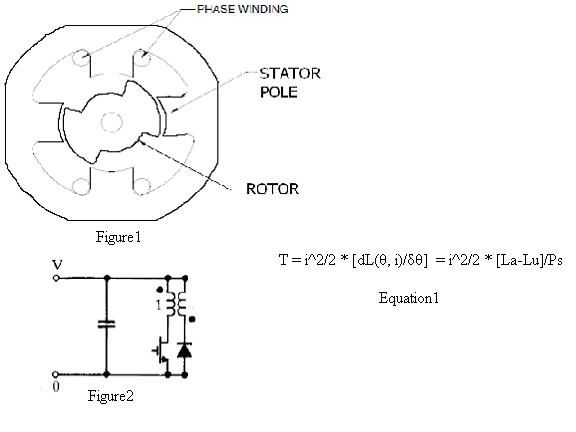
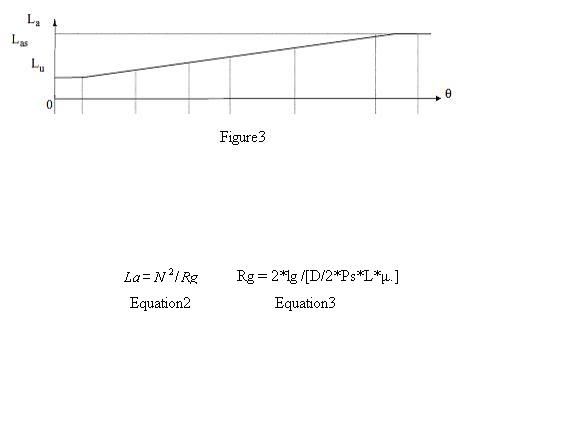
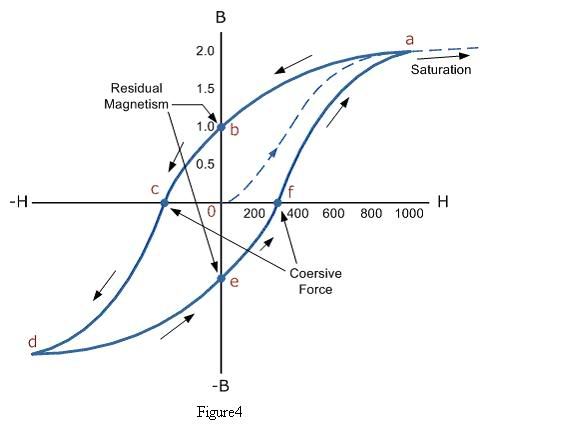
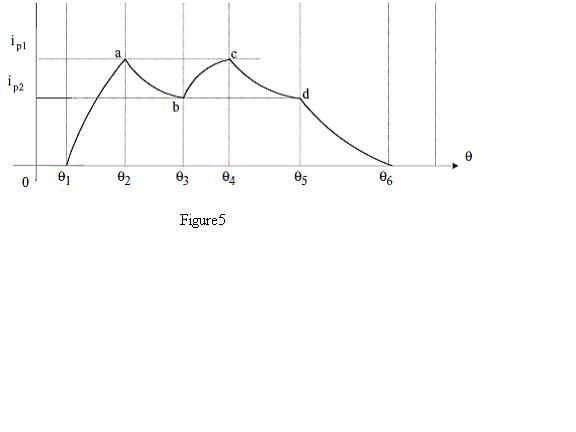
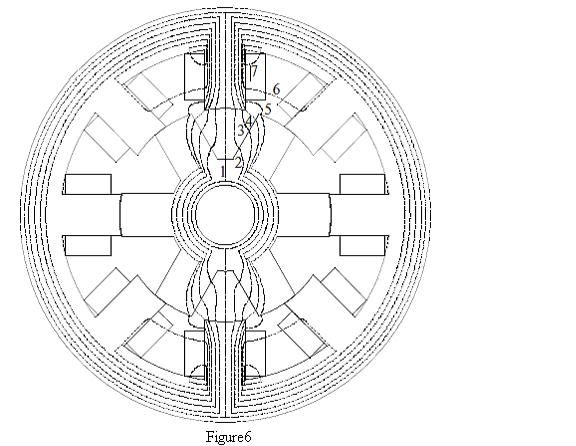










Comment